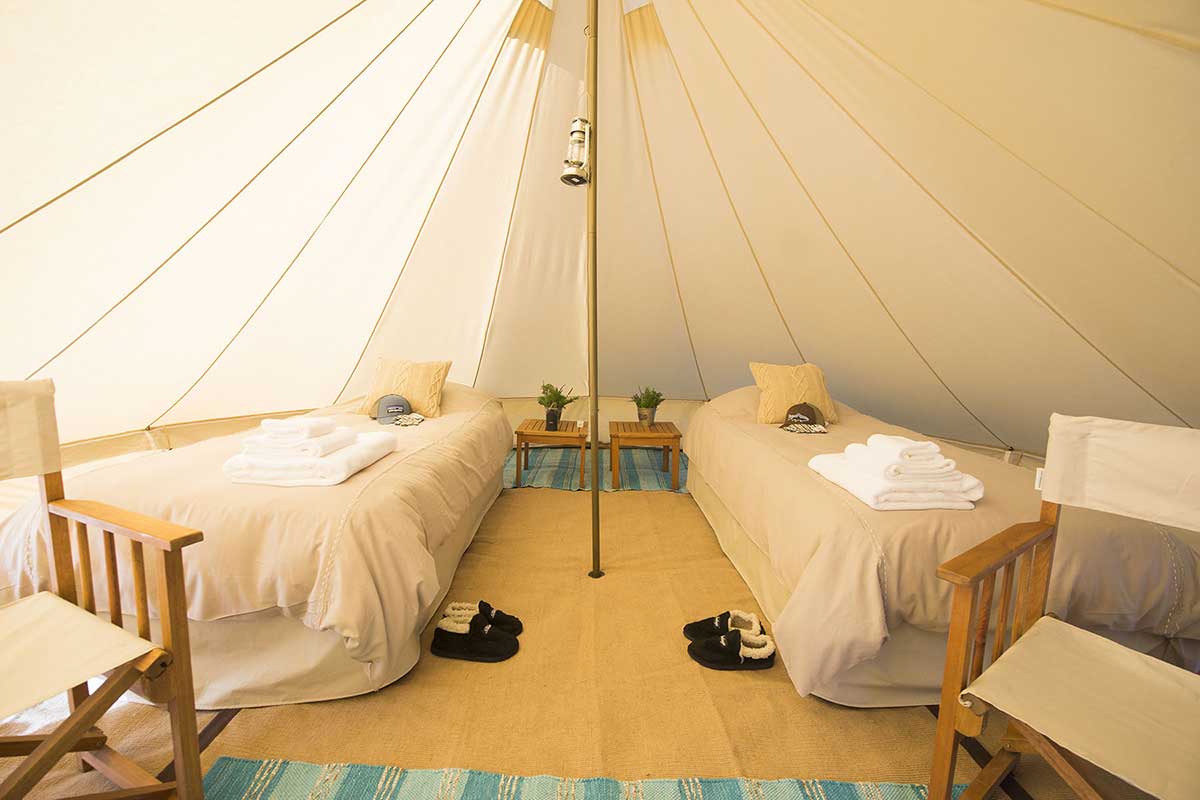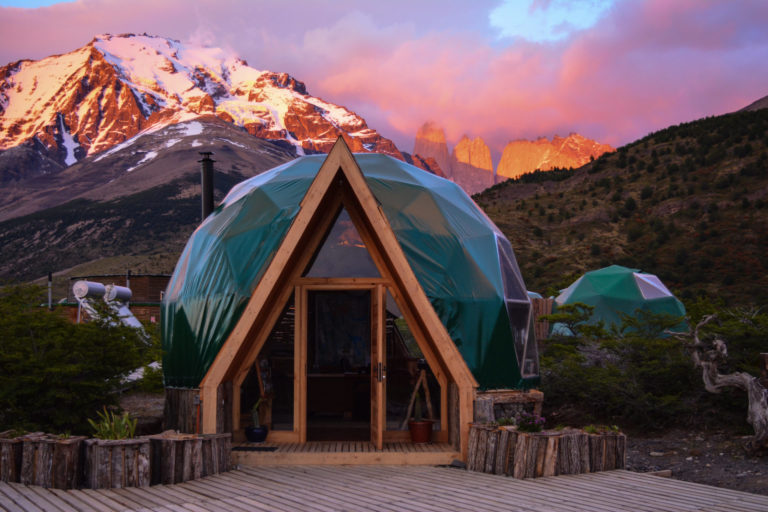I. Introduction

A. The allure of Patagonia and its renowned outdoor experiences
Patagonia is a region located in the southernmost part of South America, shared by Argentina and Chile. It is known for its breathtaking landscapes, including vast plains, snow-capped mountains, glaciers, and fjords. Patagonia offers a wide range of outdoor activities, such as hiking, camping, mountaineering, and wildlife watching, making it a popular destination for adventure enthusiasts from around the world.
B. Overview of the article’s content and the focus on Patagonia tents
This article will provide an in-depth understanding of Patagonia tents and guide readers in choosing the perfect tent for their outdoor adventures in Patagonia. We will discuss the features and technologies that make Patagonia tents stand out, factors to consider when choosing a tent, and provide tips for setting up and maintaining your Patagonia tent.
II. Understanding Patagonia Tents
A. Introduction to the Patagonia brand and its commitment to sustainability
Patagonia is a well-known outdoor clothing and gear company that is committed to environmental and social responsibility. The brand focuses on creating high-quality products that have a minimal impact on the planet. When it comes to tents, Patagonia applies the same principles of sustainability in their design and production.

B. Features and technologies of Patagonia tents
- Tent materials and construction
Patagonia tents are made from durable and sustainable materials, such as recycled polyester and nylon. The tent poles are usually made from lightweight aluminum or carbon fiber, providing strength and stability while keeping the weight to a minimum.
- Weather resistance and durability
Patagonia tents are designed to withstand harsh weather conditions, including strong winds, heavy rain, and snow. They are constructed with reinforced seams, waterproof coatings, and sturdy zippers to ensure durability and protect the occupants from the elements.
- Lightweight and packability
One of the key features of Patagonia tents is their lightweight design, making them easy to carry and pack for outdoor adventures. They are compact and can be compressed into a small size, making them ideal for backpacking and multi-day hikes.
III. Choosing the Perfect Patagonia Tent
A. Determining tent capacity and size
- Solo adventurers
If you are traveling alone, a solo tent would be suitable. These tents are compact and lightweight, providing enough space for one person to sleep comfortably.
- Small groups or families
For small groups or families, consider the number of people who will be sharing the tent. Patagonia offers tents with various capacities, ranging from two-person tents to larger tents that can accommodate four or more people.
B. Considering weather conditions and terrain
- Wind resistance and stability
In Patagonia, strong winds are common, especially in the mountainous regions. Look for tents that have a sturdy frame design, with strong poles and guy lines to secure the tent against strong gusts of wind.
- Waterproof capabilities
Patagonia experiences frequent rainfall, so it is essential to choose a tent with excellent waterproof capabilities. Look for tents with a high hydrostatic head rating and taped seams to ensure that no water seeps through the fabric.
C. Evaluating additional features and accessories
- Vestibules and storage options
Vestibules are covered areas outside the main tent where you can store your gear, keeping it protected from the elements. Consider the amount of gear you will have and choose a tent with sufficient vestibule space.
- Ventilation and airflow control
Proper ventilation is crucial to prevent condensation buildup inside the tent. Look for tents with mesh panels and adjustable vents that allow for airflow control, ensuring a comfortable sleeping environment.

IV. Tips for Setting Up and Maintaining Your Patagonia Tent
A. Proper tent installation and staking techniques
When setting up your Patagonia tent, follow the manufacturer’s instructions carefully. Ensure that the tent is pitched on level ground and use proper staking techniques to secure the tent firmly.
B. Tent maintenance and care
- Cleaning and storage guidelines
After each use, clean your tent by wiping off any dirt or debris. Allow it to dry completely before storing it to prevent mold and mildew growth. Store your tent in a cool, dry place to prolong its lifespan.
- Repair and maintenance kits
It is recommended to carry a repair and maintenance kit with you on your outdoor adventures. These kits usually include items such as patching materials, seam sealers, and extra tent poles, allowing you to fix any minor damages or leaks on the go.
V. Enhancing Your Patagonia Tent Experience
A. Campsite selection and setup tips
Choosing the right campsite and setting up your Patagonia tent properly can greatly enhance your camping experience. Here are some tips:
- Locating suitable areas for pitching your tent: When selecting a campsite, look for a level and flat area that is free from rocks, roots, and other obstructions. Ensure there is enough space to comfortably fit your tent and any additional gear. Consider the proximity to water sources, bathroom facilities, and the desired view or surroundings.
- Utilizing natural elements for shelter or privacy: Take advantage of natural features in the environment to enhance the shelter and privacy of your tent. Look for trees, bushes, or large rocks that can act as windbreaks and provide additional protection from the elements. Position your tent in a way that maximizes privacy, such as facing away from other campsites or using natural barriers like foliage.
- Proper tent orientation: Consider the direction of the sun, wind, and other weather conditions when setting up your tent. Position the tent entrance away from prevailing winds to minimize draft and ensure proper ventilation. If possible, align the tent’s windows or vents with the direction of the wind to promote airflow. Adjust the tent’s rainfly or vestibules accordingly to provide additional protection from rain or sunlight.
B. Customizing your tent interior
Making your Patagonia tent feel like home can greatly enhance your camping experience. Here are some tips for customizing the interior:
- Organization and storage solutions: Use gear organizers, storage pockets, and hanging hooks inside your tent to keep your belongings organized and easily accessible. Use packing cubes or labeled storage bags to categorize different items and save space. Consider investing in tent-specific organizational accessories that can hang from the tent poles or attach to the walls.
- Cozy and functional camping gear and accessories: Prioritize comfort by investing in high-quality camping gear and accessories. Choose a comfortable sleeping pad or air mattress, cozy sleeping bag, and pillows that suit your preferences. Bring camping chairs or inflatable loungers for relaxation outside the tent. Consider adding rugs or floor mats for a soft and comfortable surface inside the tent.
- Personal touches: Make your tent feel like home by adding personal touches and decorations. Hang string lights or lanterns for ambient lighting. Bring small indoor plants or flowers to add a touch of nature. Hang photos or artwork on the tent walls to personalize the space. Consider bringing small creature comforts like a portable speaker for music or a portable fan for hot weather.
VI. Conclusion
In conclusion, enhancing your Patagonia tent experience involves thoughtful campsite selection and setup, as well as customizing the tent interior to suit your needs and preferences. By choosing a suitable campsite, utilizing natural elements for shelter and privacy, and properly orienting the tent, you can create a comfortable and enjoyable outdoor living space. By organizing your gear, investing in cozy camping gear and accessories, and adding personal touches, you can make your Patagonia tent feel like home away from home. With a reliable and high-quality Patagonia tent, you can confidently explore the adventures of Patagonia and experience the beauty of the outdoors with comfort and satisfaction.
